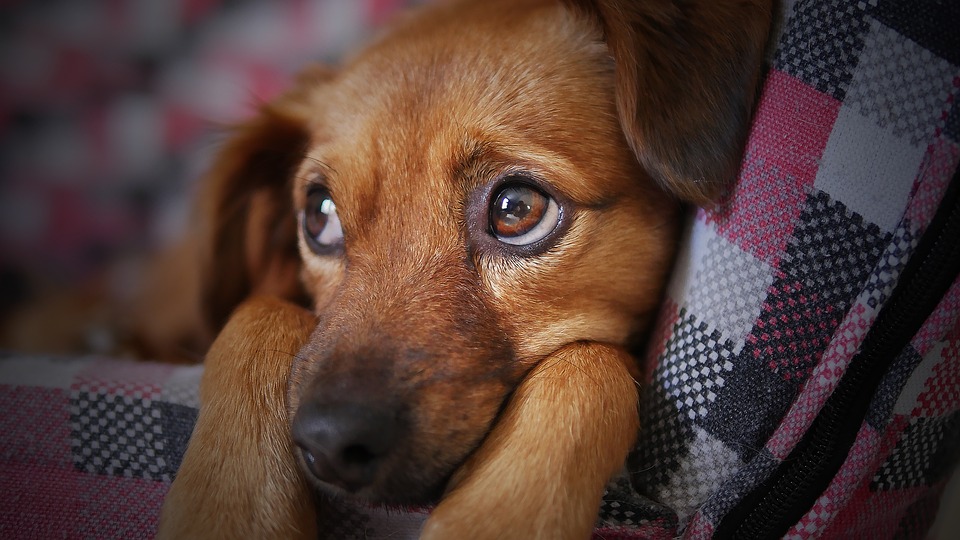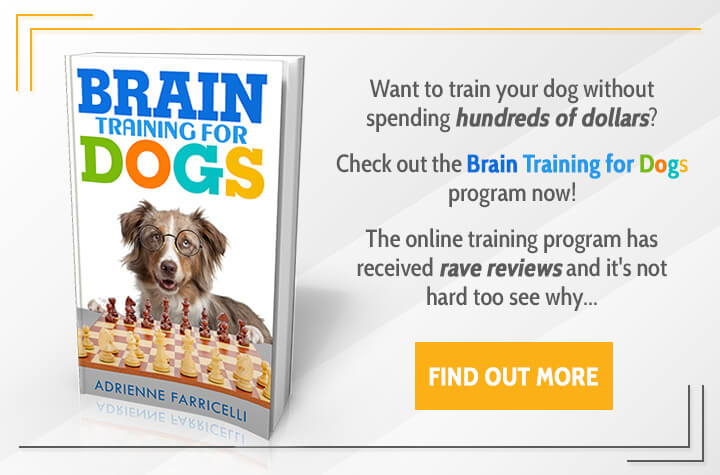When Fang, my German Shepherd, first came into my life, she was only a few weeks old.
I was overjoyed to have met her and found a dog that really spoke to me.
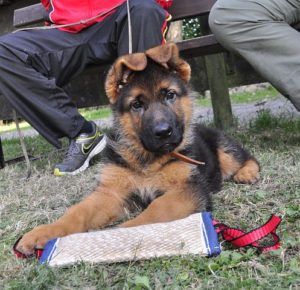
However, I was still a little worried.
She was the first dog that I raised from puppyhood, and so I wanted to make sure I got it right.
I searched all over the internet looking for the best resources to train my little pup and got so overwhelmed with all the information that was available.
Hello! My name is Nance, and I would like to show you my best ideas for puppy obedience.
We will go over a few basic principles that you need to know in order to get started.
I first learned of these while reading The Spruce’s blog post on Dog Training 101.
These principles are great and to the point, and they worked well for my friends and family, too.
Build an Obedience Plan
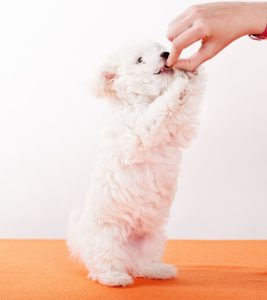
Start by getting your dog into an obedience program.
You can go to a school for dogs, but if you prefer to do it yourself, get together a few basic supplies so that you can train your pup with ease.
Dogs respond best to positive reinforcement, so be sure to get lots of treats you can use for a job well done.
Check out a book or look online for a basic obedience program you can follow.
You will want to train your pup in small steps. Dogs are smart, but you want to start them off slowly and work up.
The training session should last no more than 10-15 minutes, and you should have them about twice daily.
Start with The Basics
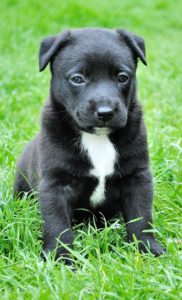 The next principle here is to start with the basics.
The next principle here is to start with the basics.
Just do one action per training session and always offer a reward for a job well done.
To learn how to “sit” is often the easiest command for your dog to learn.
After your dog masters sitting, you can then teach them how to stay. Then you can have them learn to lie down.
Of course, your dog should also know his or her name and how to come when they are called.
Once you get the basics down, you can even teach him or her fun tricks,
Crate Train the Pup
Make no mistake-dogs and puppies love to be in their crates.
Dogs are den animals like their wolven cousins.
Having a crate is a safe and secure place your puppy can call his own, and it will give you peace of mind when you are not home.
Your puppy will not be able to stay in the crate for long periods of time when potty training, unless someone can be there to let him or her out every so often.
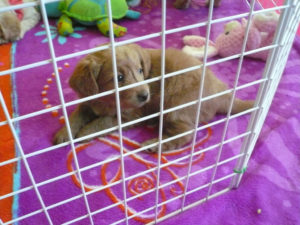
You should choose a crate that is large enough for your puppy to lie down and stand, and turn around in.
A crate that is too large means the dog might poo or pee on one side and then go to the other to sleep.
You can practice crate training by leaving your pup alone for a few minutes, coming back to reassure him, and then repeating this while increasing the increments of when you are gone.
You might leave for five minutes, come back, and then leave for ten. Then fifteen. And so on.
Be sure to add a blanket and a toy for your puppy and give a treat at crate time. It becomes a pleasurable experience this way.
Fang loves her crate just as she did when she was a puppy!
Leash Training
Leash walking is important in many ways.
It is how your dog will get exercise and will keep him safe when you walk in a big crowd of people.
Therefore, you will want to walk your dog on a leash early and often so that she knows it is fun and a good time for everybody.
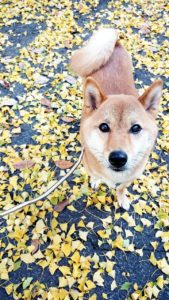 Choose a loose leash and a flat buckle collar to train your dog how to walk on a leash.
Choose a loose leash and a flat buckle collar to train your dog how to walk on a leash.
Doing it this way means that your pup will learn not to pull on the leash.
Get a six-foot leash and have plenty of little treats available.
Start with your dog next to you, with him sitting. Then give a verbal cue that it is time to start walking: “Go” or “Start” is fine.
It is natural that your dog will pull-Fang sure did! She wanted to see all the squirrels and all the cars in the neighborhood.
When this happens, stop in your tracks and don’t move. Wait for him to leave some slack in the leash, and then when he does, give your command and a treat, and keep going.
Whatever you do, do not let your dog lead the way. You might even go in circles, but you must teach your dog that you control the walk.
Socializing Your Dog
Socialization is the way in which we train our puppies and grownup dogs to get used to new people.
With Fang, I really wanted her to be a social dog, as German Shepherds are often seen as being aggressive, and for good reason. They are used in the military and police as guard dogs.
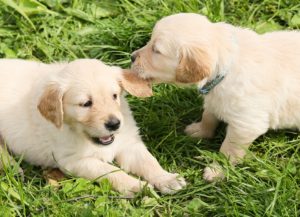
Therefore, I knew Fang had to learn to be patient with children and friendly to adults.
I took her for walks and gave her plenty of treats and praise when she did something right. I rubbed her belly and hugged her.
At the dog park, I would let her interact with other dogs. I even arranged for my neighbor, who has a King Charles Spaniel, to walk with me.
The two dogs became friendly with each other in time. Not only this, but Fang is really not afraid of anything, except the vacuum.
Socialization helps prevent fears from developing in your dog. If you have a puppy, get them socialized sooner than later.
Final Thoughts
I hope this guide has been very helpful to you, as these basic principles were very helpful for me.
By starting small, I was able to get a good foundation going for Fang, and now she is a mostly well-behaved dog with a good temperament.
I say mostly because she still has a tendency to chase squirrels even after all these years.
The key is to be patient and provide plenty of positive reinforcement through praise and treats.
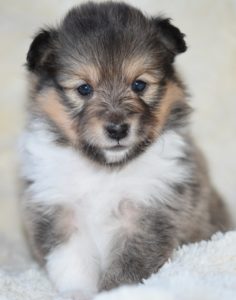
Take things slow and be very patient with your puppy.
Remember, puppies are not like adult dogs. They can only learn a little bit at a time.
They will pick up on it-you just need to go slow. Be sure to get all the right equipment, too.
Take a day and shop, getting together all the things you will need to train your pup. Be sure to have treats, a lead and lots of toys around so your dog knows you mean business, but also want to have fun.
I hope this article helps somebody who is looking for guidance on how to train their puppy.
Please leave a comment and share this post!
We would love to hear about your best practices and equipment used in training your dog.
